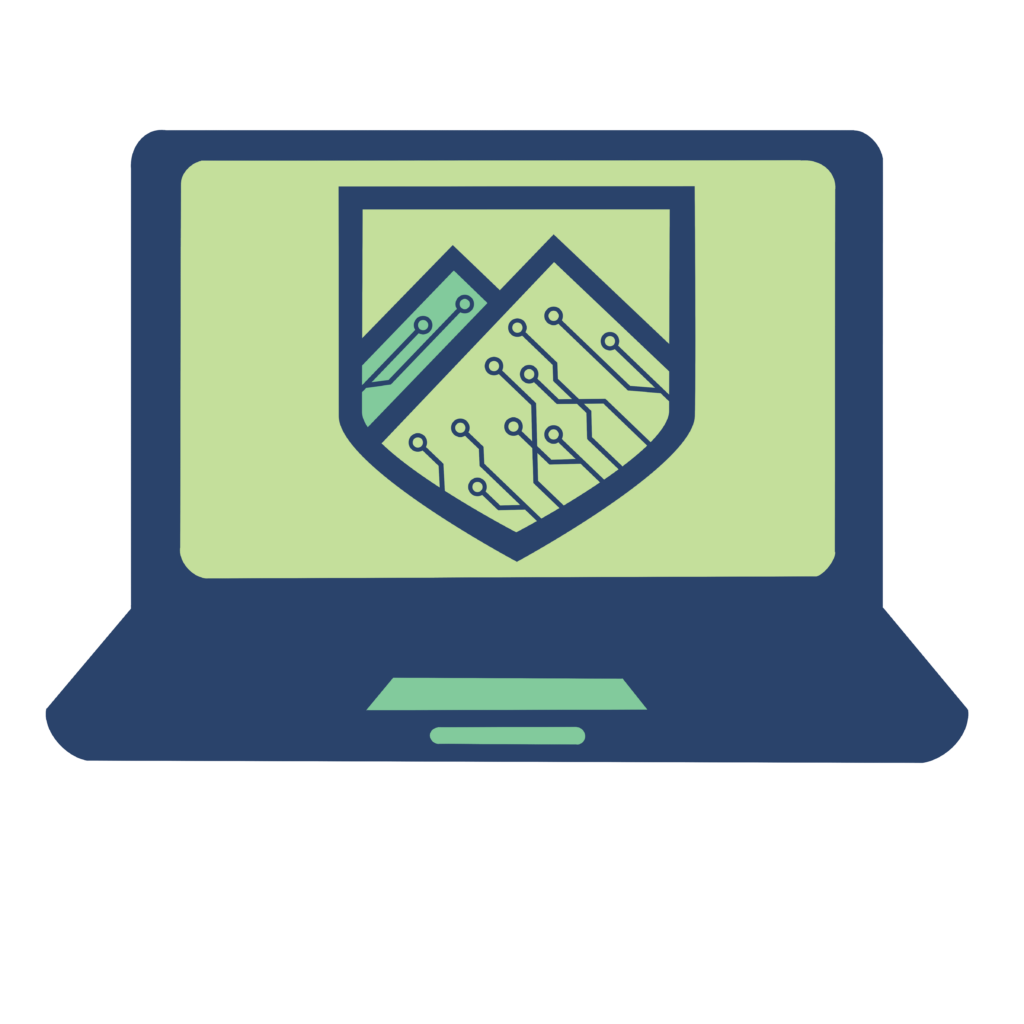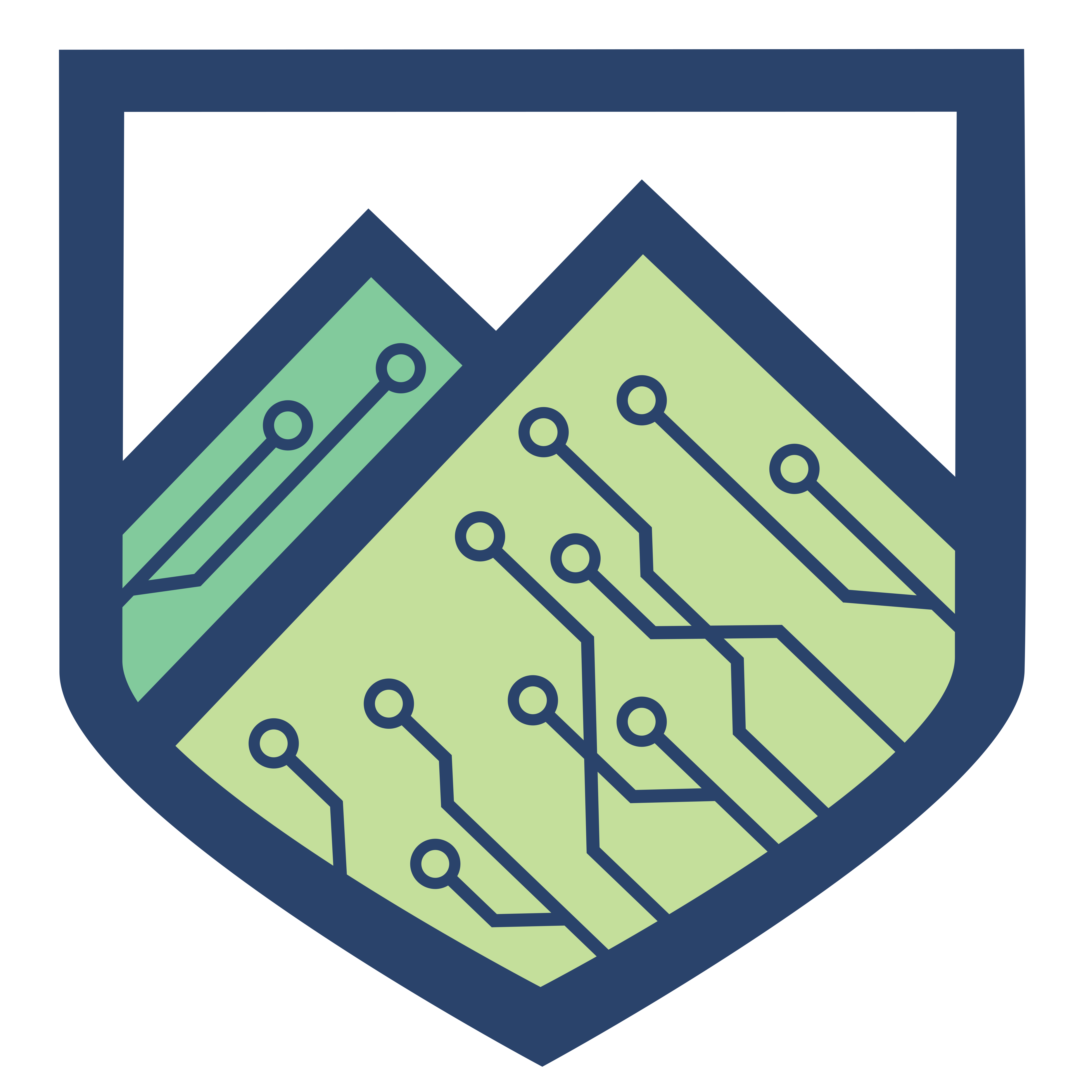With the COVID-19 pandemic closing many businesses’ physical locations, many people are searching for places to work remotely. With only 26% of the United States workforce working at physical job sites, many people have resorted to working remotely in public to separate their homes and work environments. How can you work in public safely? Here’s what you should know.
November 20, 2020
Author: Emily Glazier
The Internet Workforce
Due to COVID-19, many people are working remotely to mitigate the transmission of illness. Once COVID-19 began to emerge in the United States, the workforce swiftly began to transform to a virtual environment. According to research by Stanford, “about 42 percent of the U.S labor force [is] now working from home,” “about 33 percent [is] not working,” and “about 26 percent — mostly essential service workers — are working on their business premises,” (Stanford University, 2020).

Around 68% of people are still working as of 2020, while around ¼ of people continue to work in-person. Many people wish to continue their work out of the house for several reasons: some want a quiet space to work without the distraction of roommates, partners, and children; others need to connect to the Internet that they might not have available at home; some jobs are only available in-person. Thus, many people are resorting to leaving their homes to work in coffee shops, restaurants, and other public places.
At the same time, 42% of people are working remotely. There are many reasons for this. Some jobs can be done completely online, and due to this, companies don’t want to risk their employee’s health. Some employees have the choice to attend in-person, but there are many risks of working in a public space.
Risks of Working in Public
With working in public, risks to the security of devices and information still exist. While working in places like coffee shops, libraries, and restaurants can improve productivity and get people out of the house, there are more risks than just COVID that workers should be aware of, including:
- Man-in-the-middle attacks
- WifiPhisher/Evil Twin attacks
- AircrackNg/Cowpathy attacks
- Passive-sniffing
- Physical Attacks
Man-in-the-Middle Attacks: Man in the middle attacks are attacks where hackers intercept data as they travel to and from recipients on public WiFi networks. For example, in a man-in-the-middle attack, Employee A may send Employee B an email via a public internet connection, and the attacker in the middle may intercept the message and gain access to the contents of the email and sensitive information.
WifiPhisher/Evil Twin Attacks: WifiPhisher attacks are also known as Evil Twin Attacks. The name comes from Wifi (the internet connection) and Phishing (the act of pretending to be a trustworthy/reputable source/connection to convince one to click on something). Thus, WifiPhishing is when a hacker creates a wifi network that looks identical to a trusted network. For example, a safe network may be called ‘Coffee Shop’, and the fraudulent ‘Evil Twin’ network may also be called “Coffee Shop”. Thus, when you connect to the fraudulent network, security is breached, and information can be stolen.
AircrackNG and Cowpathy Attacks: AircrackNG and Cowpathy are similar to masterkeys. These softwares use word and number combinations to try and break into passwords. Cowpathy is specifically used to break into certain networks.
Passive-Sniffing: Passive-sniffing is a tool that is used to monitor traffic on a network. Hackers wait for the data to be sent, and then it is stolen. Hackers can use this tool on a public network, and data transmitted on the network can be captured.
Physical Attacks: Physical breach of security can also occur. This can occur when someone’s screen (and what is on it) is viewed by an unauthorized person in the same physical location as someone, or when someone overhears a verbal conversation over the phone of someone.
How To Stay Protected
With these security risks, there are many ways to protect your device and information security. These include:
VPNs: A VPN (virtual private network) is a private network that you can use on a public network. Using a VPN protects your information, and makes it invisible to potential hackers or unauthorized users. Having a VPN on all of your devices, especially when you are typing sensitive information like passwords and credit card information, can help protect your security. There are many VPNs out there, but some recommended VPNs include:
- ExpressVPN, which costs $8.32 per month, per device
- NortonVPN, which costs $3.33 per month, per device
- Hotspot Shield**, which is free to use
- **Free VPNs can protect your device, but you run the risk of the application selling your browsing data
Strong passwords: Strong passwords can help protect your devices and accounts from AirCrackNG/Cowpathy attacks. A strong password typically include a combination of:
- Uppercase letters
- Lowercase letters
- Numbers
Further, you should not reuse passwords, or use easily guessed passwords such as names, birthdays, or other accessible information.
Avoid Untrusted Sources: Ensure that you know what you are connecting to (to avoid Wifiphishing attacks), and don’t click on links or content from untrustworthy sources.
Physical Privacy: There are measures to protect the physical privacy of your devices. These include:
- Privacy screens: Buying privacy screens for your devices prevent people passing by from seeing what is on your screen. You can buy them on Amazon, at Walmart, BestBuy, or other retailers.
Furthermore, don’t leave any of your devices unattended: if you need to leave, take your devices with you. Finally, remain in a private location, such as a car alone, or use headphones and don’t verbally discuss sensitive information on the phone or during virtual meetings.
Citation
Stanford University. (2020, June 29). A snapshot of a new working-from-home economy. https://news.stanford.edu/2020/06/29/snapshot-new-working-home-economy/
